-
Posts
527 -
Joined
-
Last visited
-
Days Won
1
Content Type
Profiles
Forums
Blogs
Gallery
Events
Store
Posts posted by g_deploige
-
-
1-Officier Order of the Crown of Italy
2- Royal Victorian Order (UK)
0 -
Dear Hendrik,
it is the halmark of Buls
Guy
 0
0 -
922F your are wright, I 'am wrong, it has to be Sts. Michael & George and not Bath !
0 -
1 = Order of the Sword of Sweden
2 = Palmes Académiques - Officier de l'instruction publique (France)
3 = Order of Bath (UK)
0 -
-
Dear Veteran,
On the shild is marked see here the translation
"The consil of the administration and discipline of the 2nd Battalion of the 6 1/2 Brigade of the Batavian Armed home garde Department Delft in Den Hague"
Beste regards,
Guy
0 -
The Mark A900 is the Silver Mark A1000= 100% silver
The other mark is the makers mark of the House Paul De Greef
0 -
18 hours ago, Kvart said:
Very nice, but what a strange ribbon.
The first one is an old ribbon of the begin periode of the order created in 1891
0 -
0
-
-
Exhibition "Honneur aux braves !" La Croix de guerre.
Vincennes (Paris) France
http://www.servicehistorique.sga.defense.gouv.fr/?q=content%2Fexposition-honneur-aux-braves-la-croix-de-guerre
 0
0 -
Yes it is a "vuurkoord"
the rank is under on the sleeve
0 -
Te one on the left is an NCO rank adjudant, the insignia under the frontstrips is the sign of head instructor (2 palms), the one at the richt is an NCO rank sergeant, the 2 strips are stripes of long service, 1=4 year service, they maximum can wear 2 stripes, after 10 year servic the recieve the military decoration and are no longer alowed to wear the stripes for long service
0 -
A new book is comming out
see the annoncement on
http://gmic.co.uk/topic/67204-he-jewels-of-independence-congo-rwanda-burundi-1960-1990/
0 -
The Maker of this medals was FONSON, Fibru-Fish took over FONSON, maybe FIBRU stil has ribon, you can contact the firme see http://www.fibru.com/fr.html
Guy
0 -
For information
for more information see
http://gmic.co.uk/topic/67204-he-jewels-of-independence-congo-rwanda-burundi-1960-1990/
0 -
-
Exhibition from 10th of June until 30th of October 2015 in Brussels
EUROPE CHALENGED
June 1815: a mighty coalition of old and new enemies gathered in the Waterloo area once and for all eliminates the French emperor Napoleon. June 2015: two hundred years later Europe reflects on the end of an era. The Royal Military Museum of course participates in this reflection. The Brussels institution lends out numerous prestigious pieces to museums in Waterloo or its
surroundings and organizes a unique exhibition in the capital. Three stirring aspects of the Battle of Waterloo are highlighted in the Arcades, the exhibition gallery on top of
the arc of triumph in the Jubilee Park.10 NATIONS
In 1810-1815 Europe is profoundly divided. The exhibition situates this state of affairs in an international context. Ten mannequins dressed in authentic uniforms represent ten nations and illustrate the armies opposing one another on the eve of the Battle of Waterloo. Military victories and diplomatic treaties create new states or, on the contrary, make borders disappear. Napoleon places his brothers on several European thrones and in that way fans nationalist resistance. An international alliance against the French emperor slowly takes shape and leads to French military defeats in both Spain and Russia. In 1814-1815 the Vienna Congress redefines the maps of Europe, but in Waterloo Napoleon sets a last challenge.10 SITES
Since June 1815 the Waterloo battlefield has drawn countless artists. For two hundred years farms, roads and hamlets, often telling a bloody story, have been sketched and painted many times over. The Royal Military Museum focuses on the artist Jacques Madyol (1871-1950), and puts ten of his works dating from the beginning of the 20th century alongside old images and present-day photos of identical sites. Artists and photographers in that way trace a two-hundred year evolution and show that time never stops, not even in Waterloo!10 WITNESSES
One of the most important realizations of the Vienna Congress is the creation of a buffer state along the northern border of France. In 1814 present-day Belgium, the Netherlands and Luxemburg are united under the Orange crown. On June 18, 1815 the young Belgian-Dutch army participates in the decisive battle of Waterloo, but has to face fellow countrymen in French uniform. Ten witnesses symbolize this complex and thrilling story. In Waterloo five of them fight alongside Napoleon, whereas the other five serve with the United Kingdom of the Netherlands. Through personal objects, portraits and testimonials, we tell their story at Waterloo, only to follow up on them during their careers in the Netherlands and/or in Belgium.PRACTICAL INFORMATION
Opening hours
Tuesday to Sunday
from 9am until noon and from 1pm until 5pm
Weekend, school holidays, public holidays
from 10am until noon and from 1pm until 6pm
Monday closed
Admission fees
Free entry
Contact
Royal Museum of the Armed Forces
and of Military History
Parc du Cinquantenaire 3
1000 Brussels
+ 32 (0)2 737 78 11
infocom@klm-mra.be
www.klm-mra.b1 -
Hello,
It is not a first lieutenant put a second Lieutenant,
the cab and belt is from between 1934 and 1940 (periode kong Leopold III)
Guy
0 -
see the publication
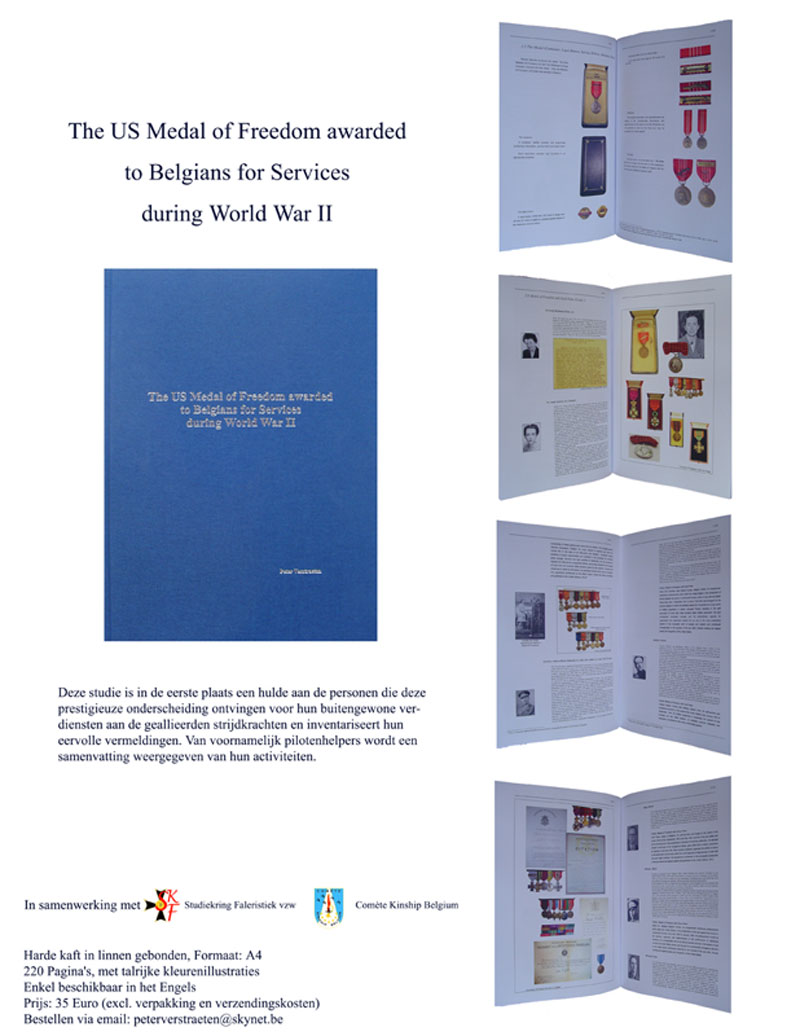 0
0 -
-
Here an original and a copy/restrike
Original

Copy/restrike


The differences between both
1. Wight original circa 14 gram - copie/restrike circa 17 gram.
2. By the copy/restrike are the letters more bolt and the E of Léopold has a big accent, on the original you can nearly see the accent.
3. By the copy/restrike is the beart and moustage les in detail than the original one.
Original and copy/restrike
0 -
The exhibition is until 26 of April 2015
0 -
more information on the exhibition
on facebook https://www.facebook.com/pages/Expo-14-18/1427364630833556?fref=ts
In this exhibitionfor exemple Eperor WIlhelm II and king Albert are place face to face
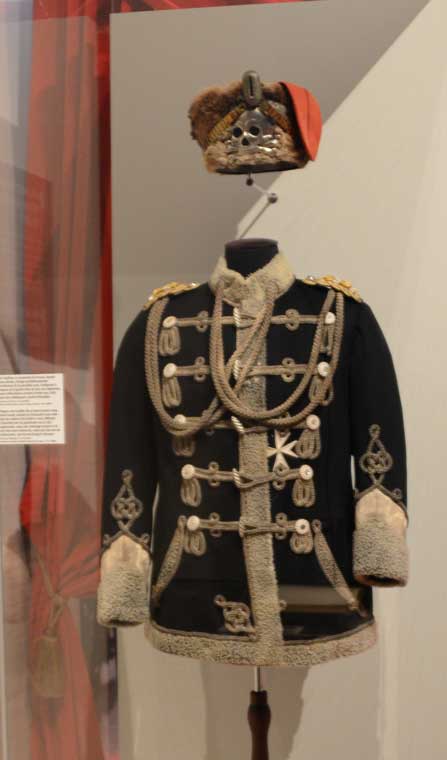
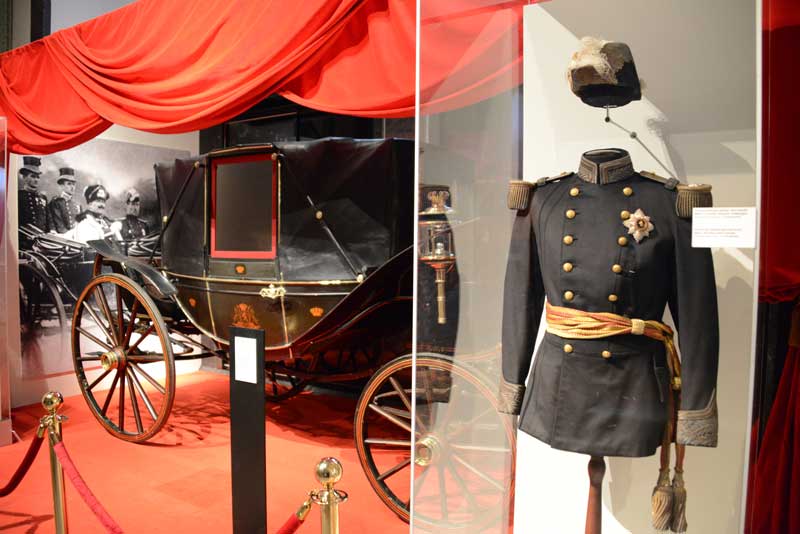
Collar of the black Eagel of king Albert
Collar of the black Eagel of Wilhelm II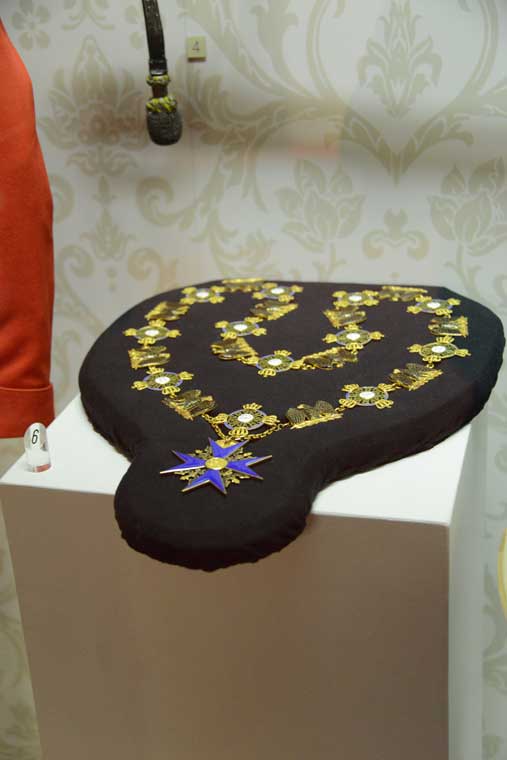 0
0





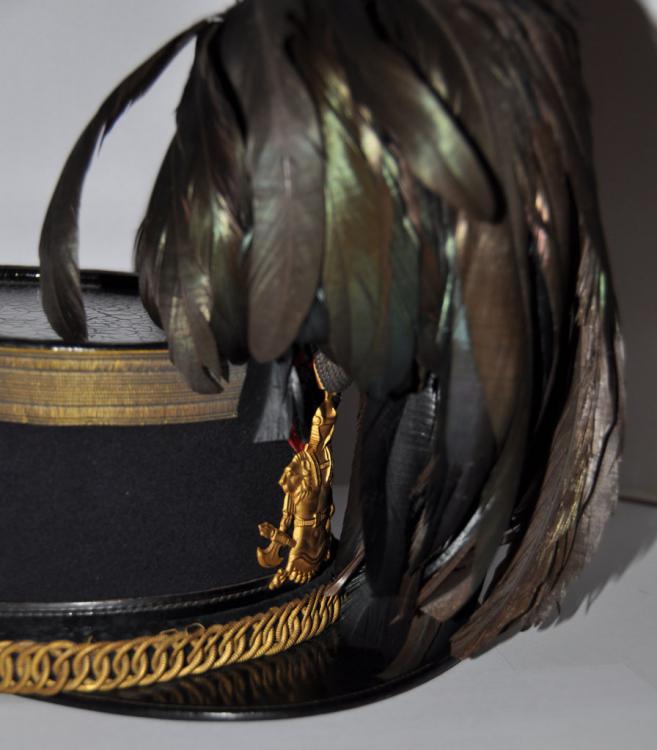

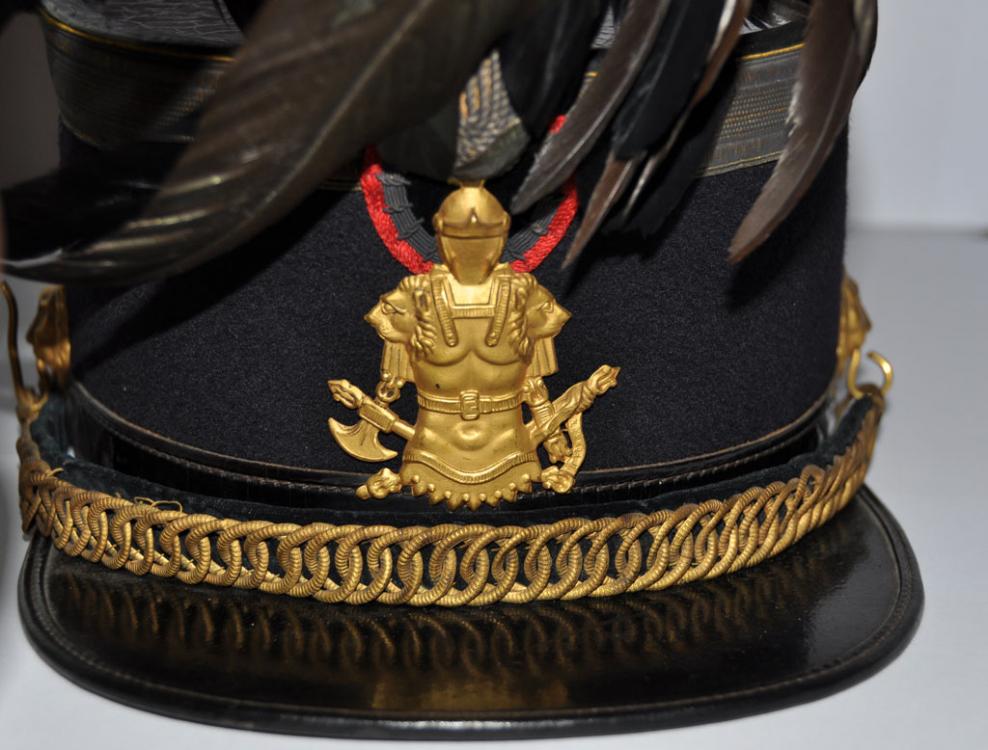
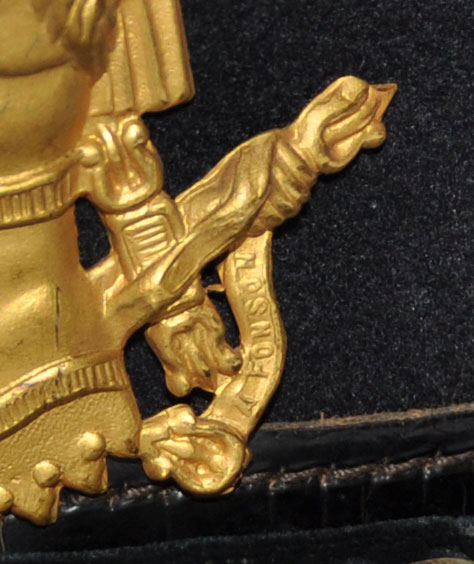
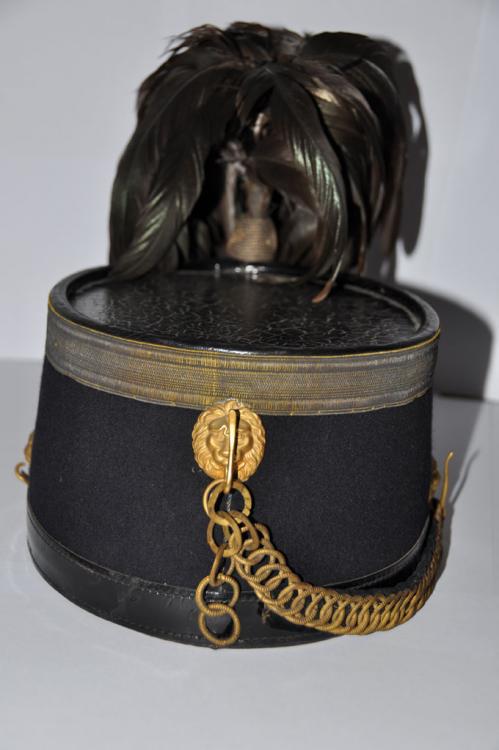
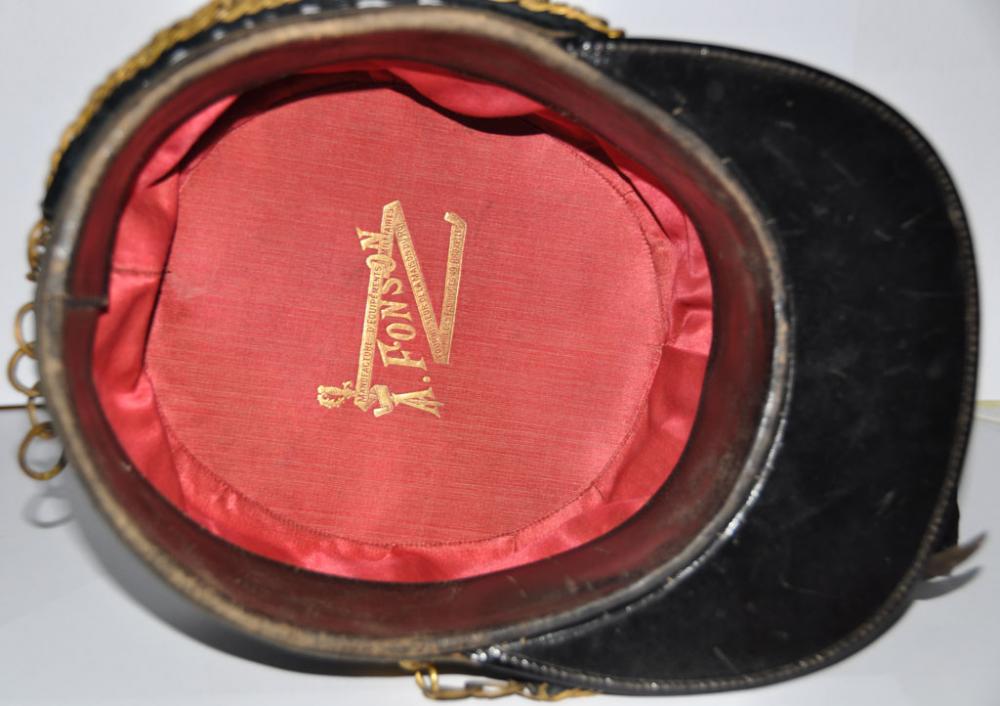
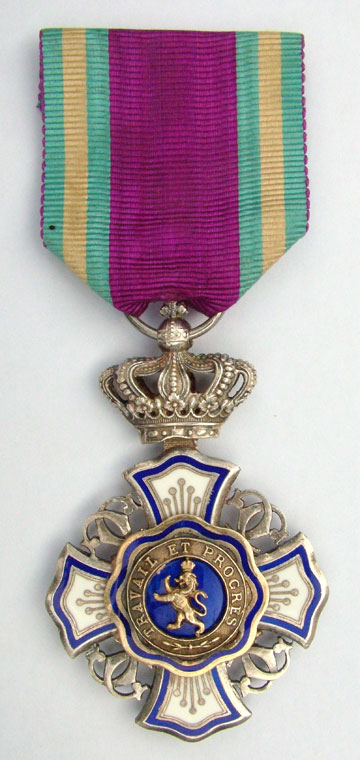
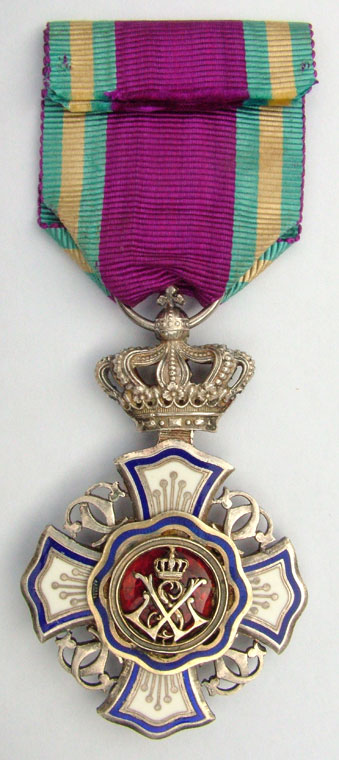
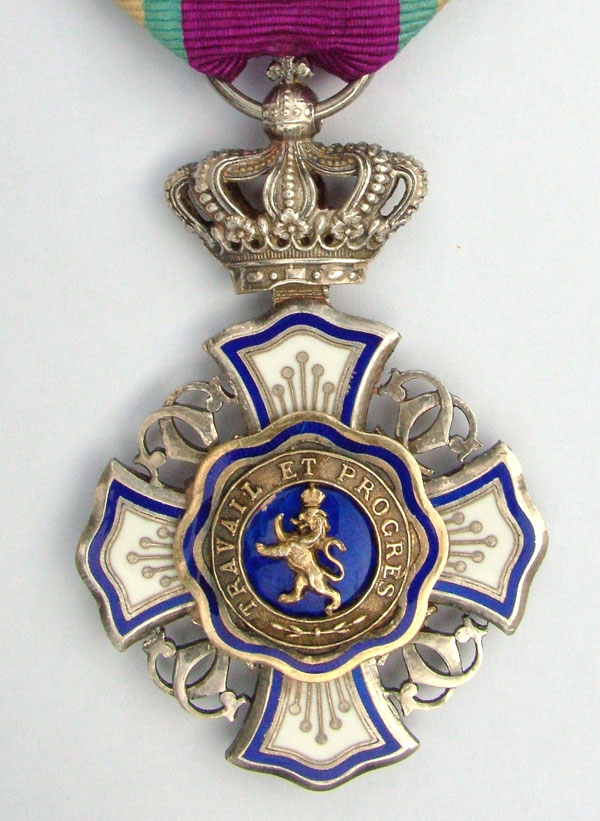
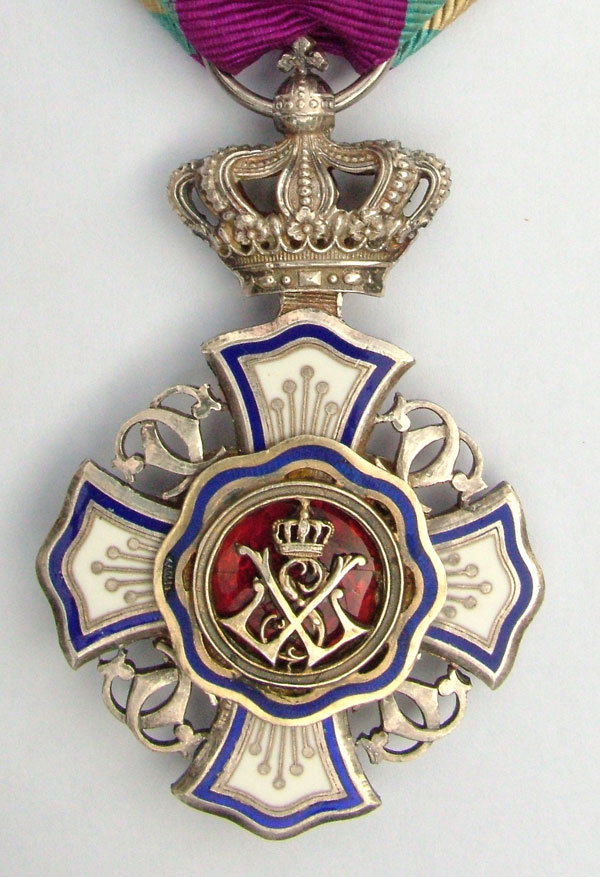

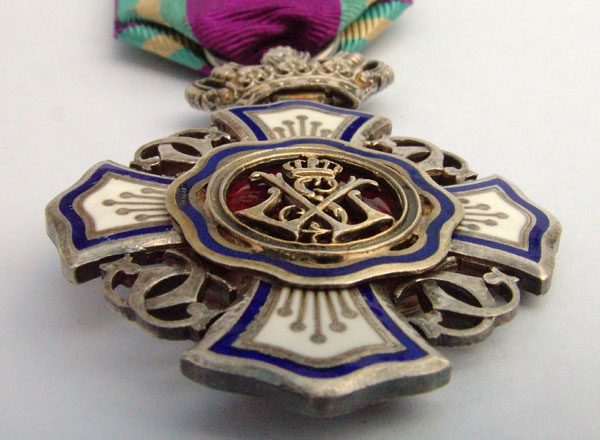


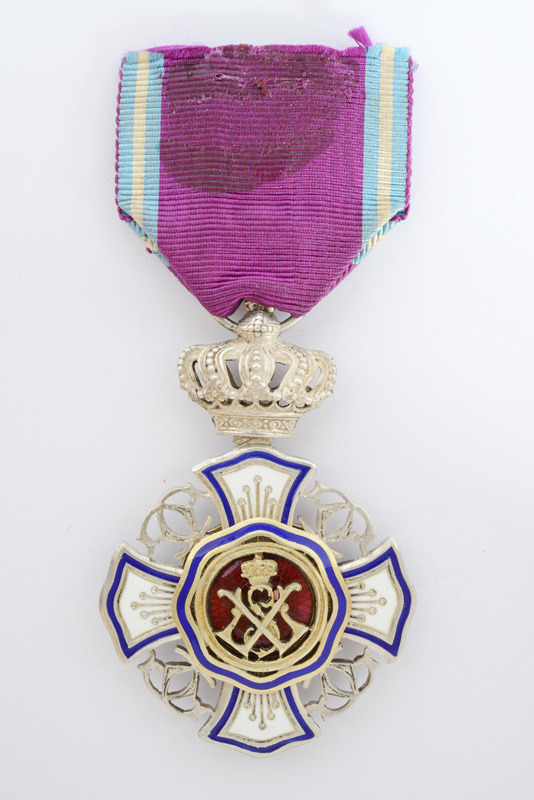
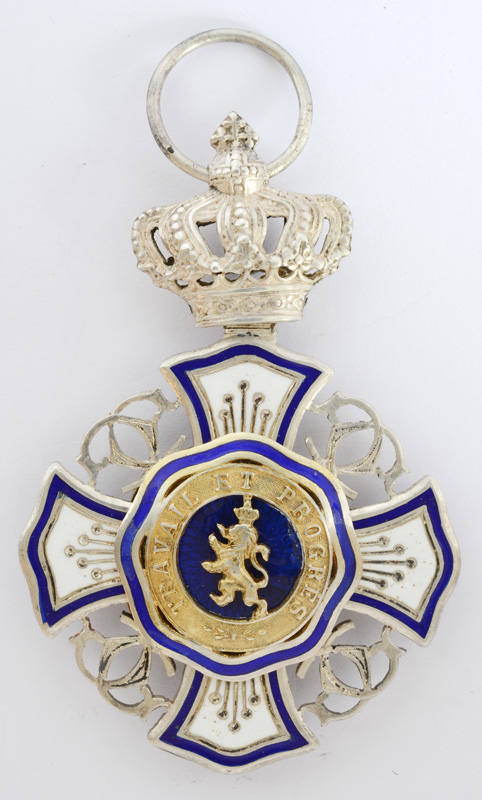
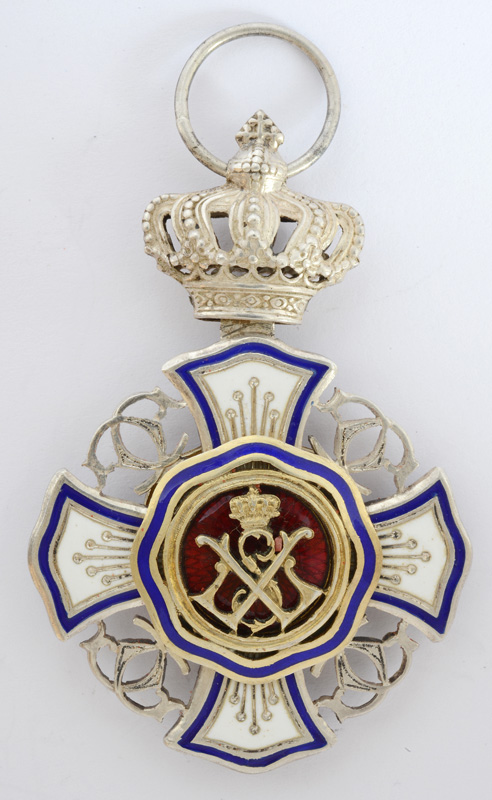
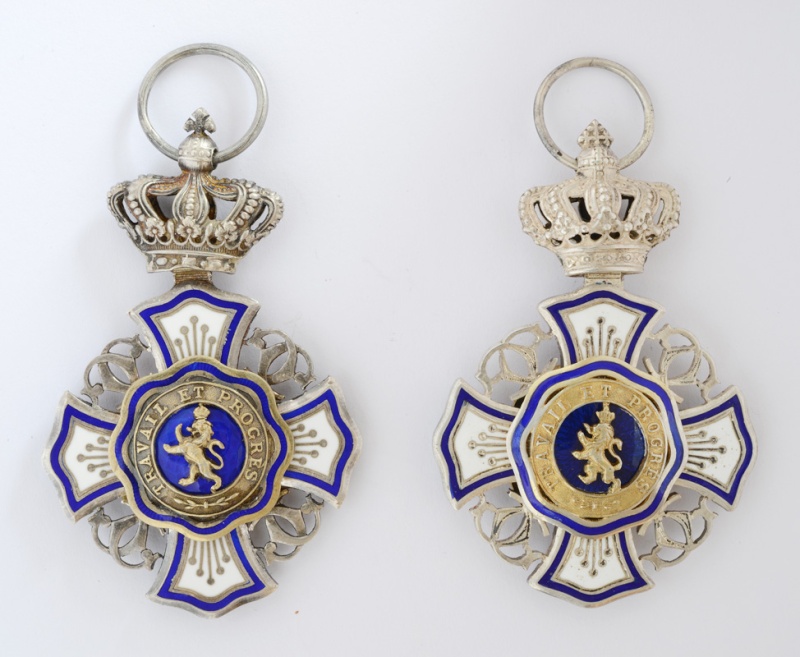
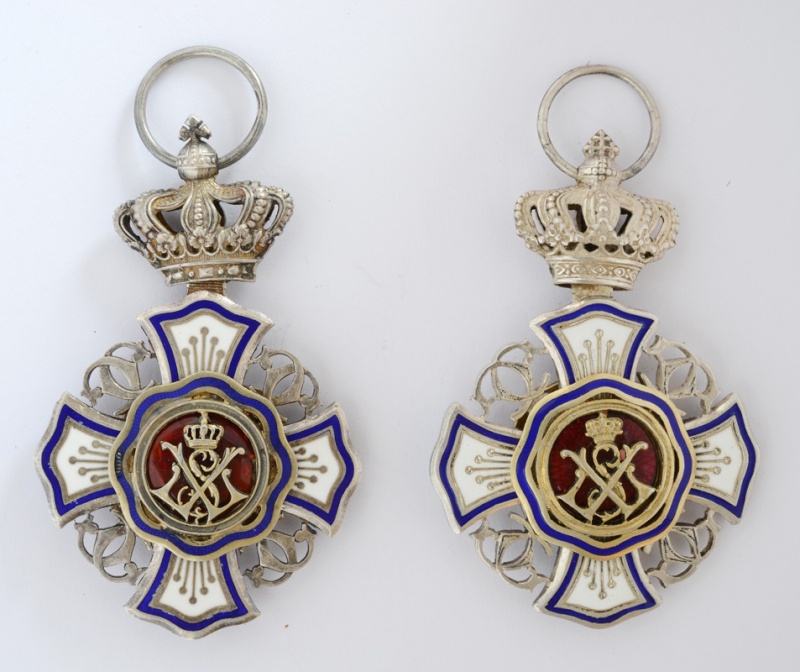
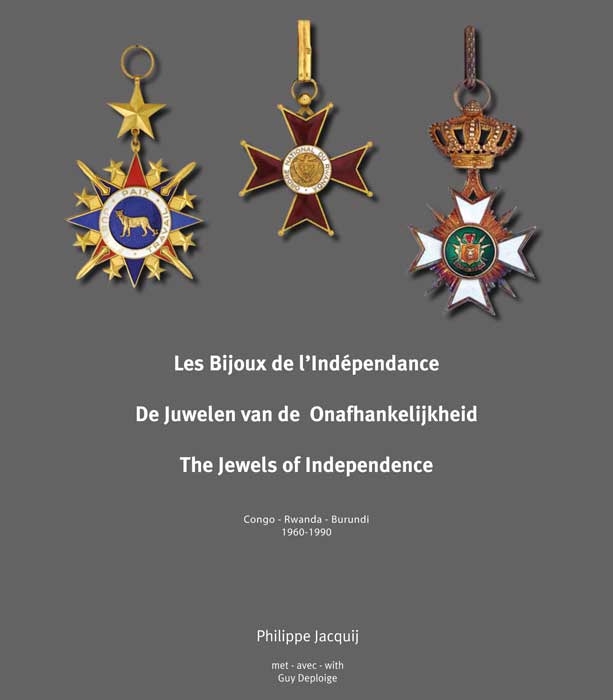
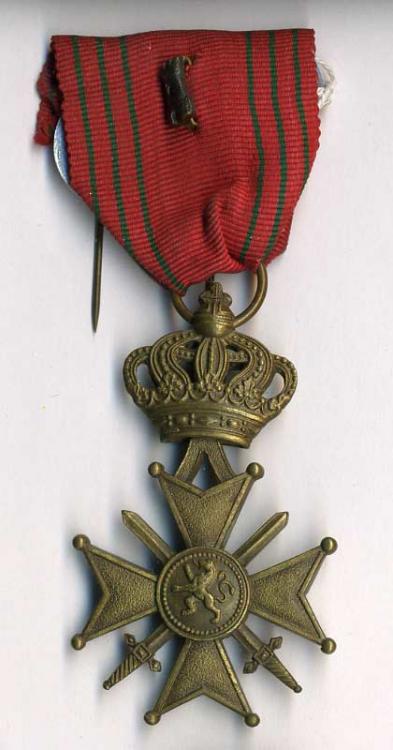
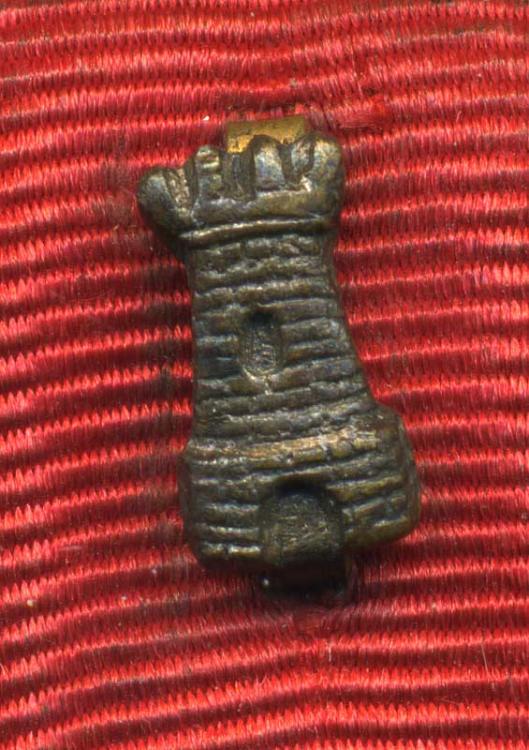
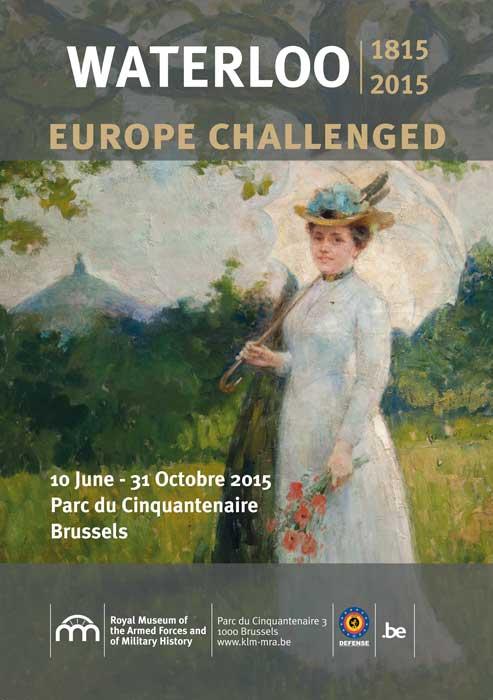
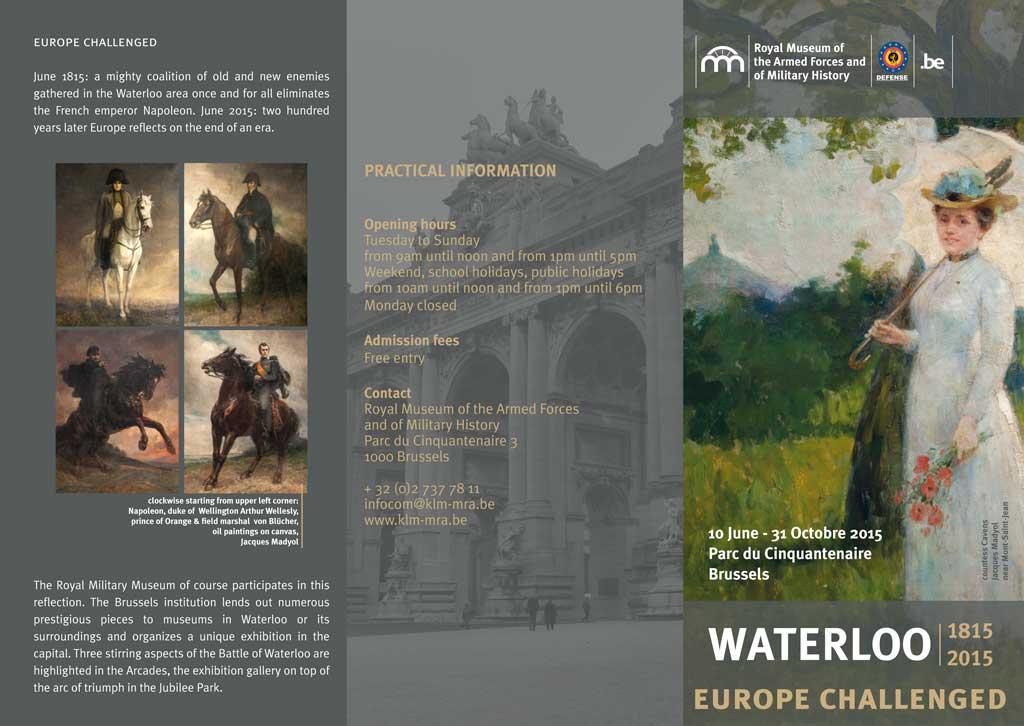
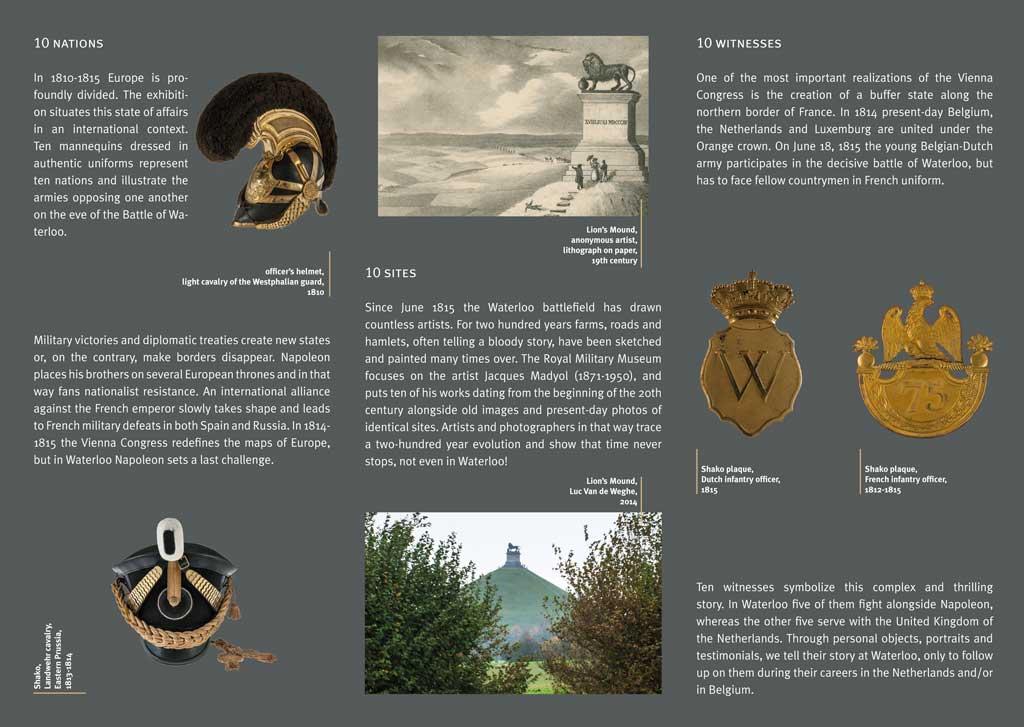
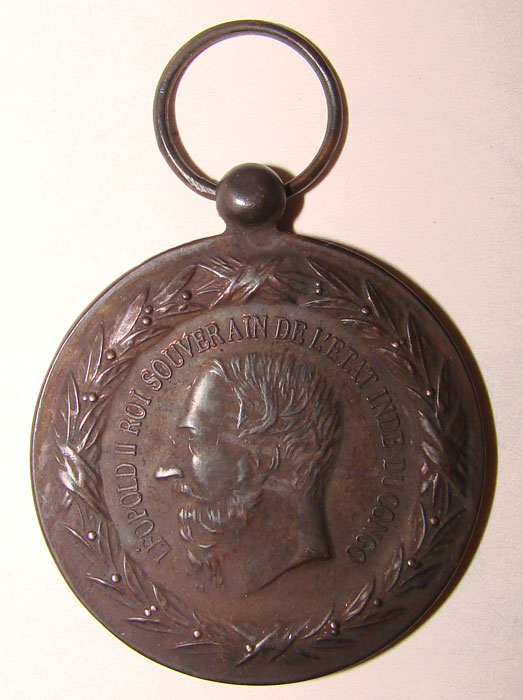

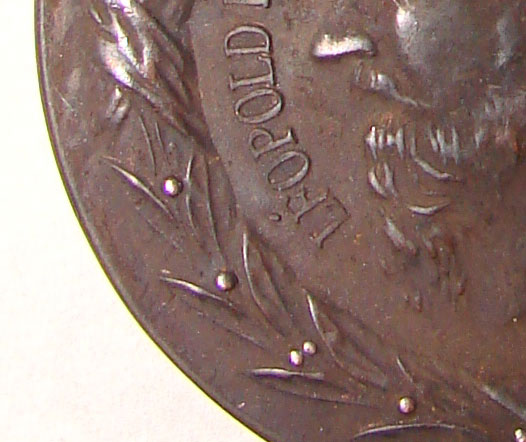
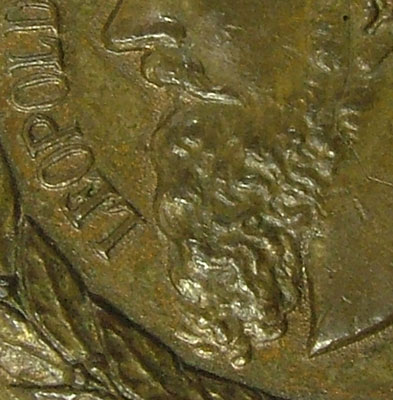
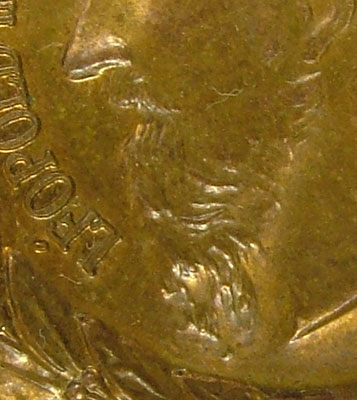
belgian Order of Leopold l
in Northern European & Baltic States
Posted
a few luxery miniatures of the order of Leopold